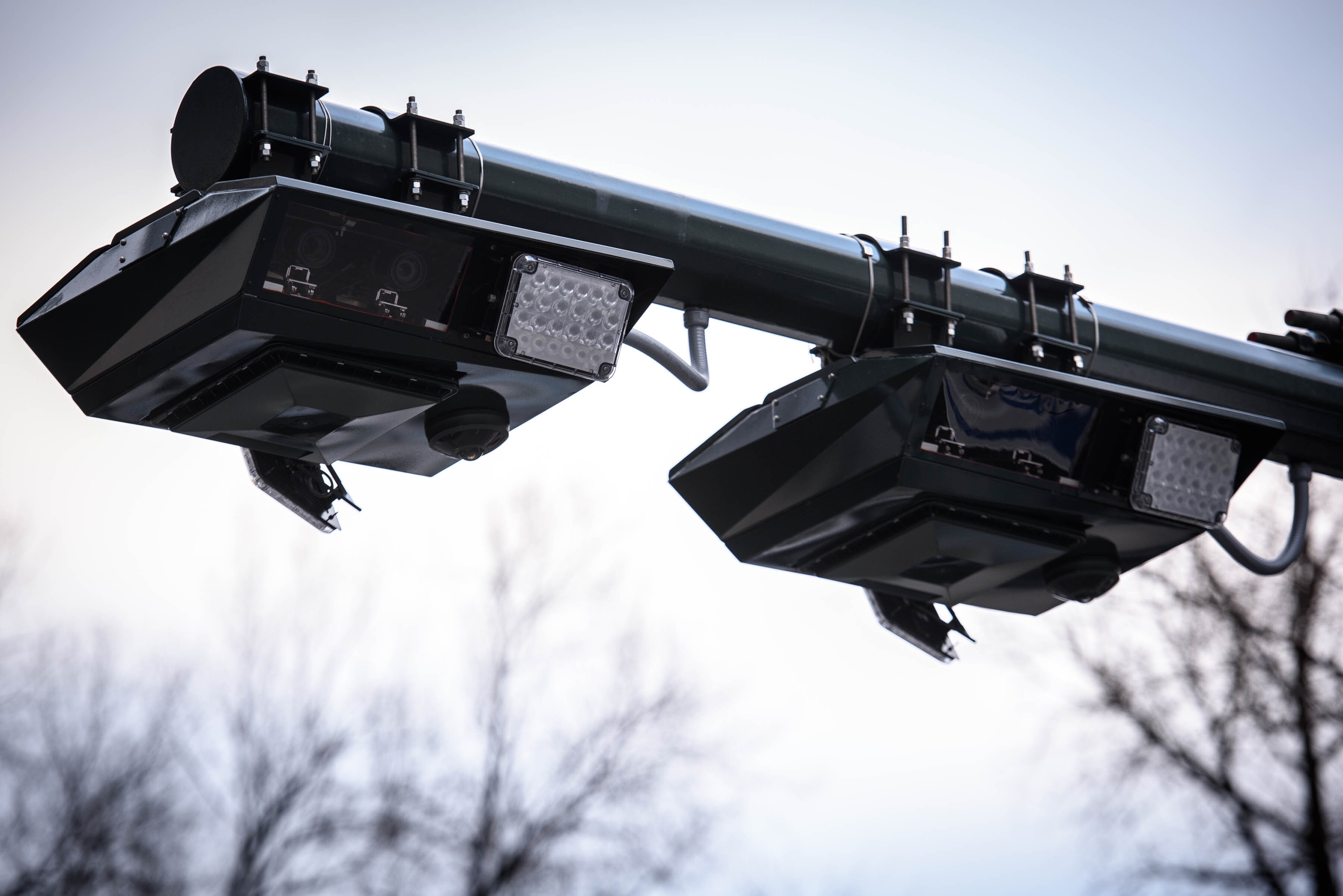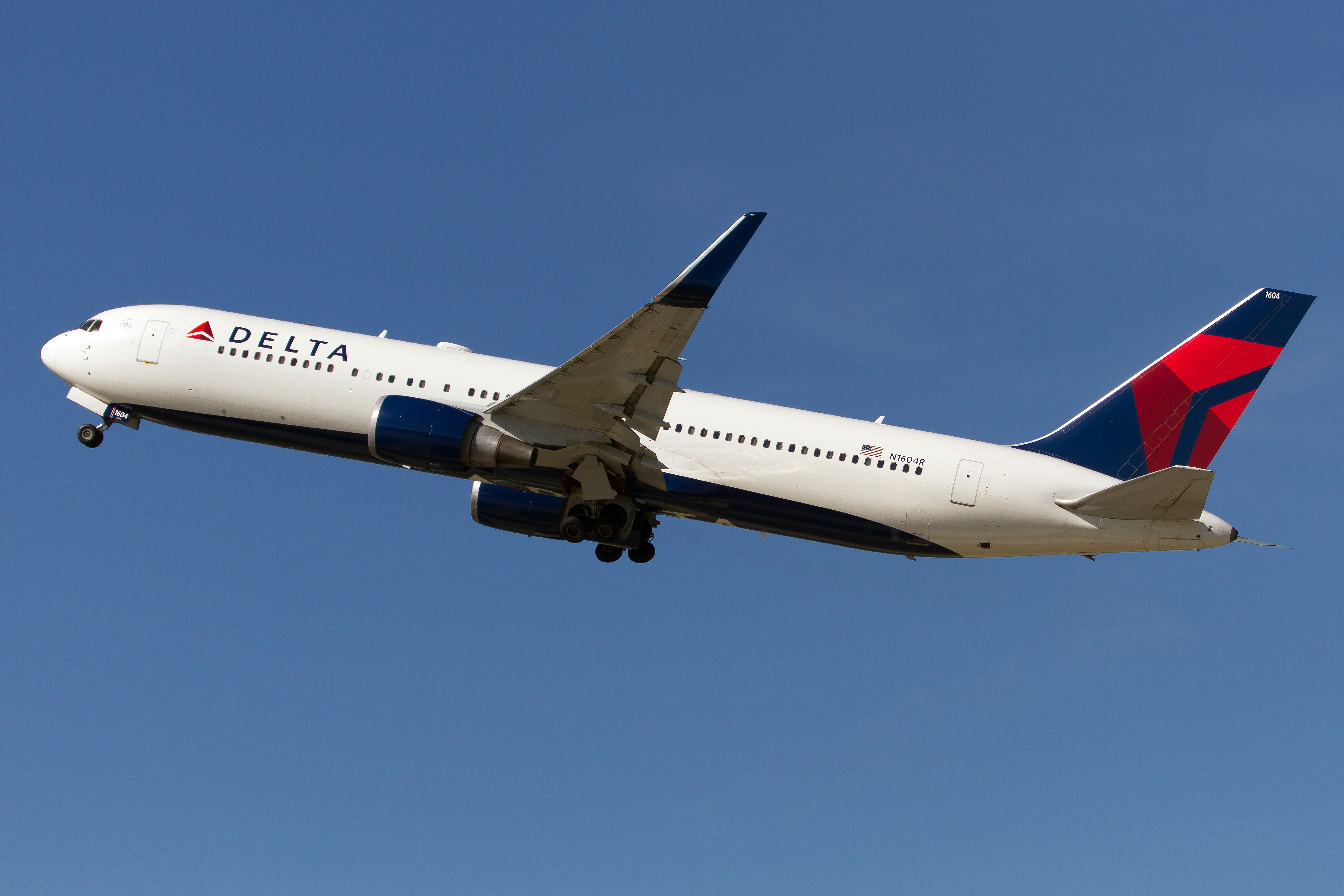What to Know
- New York City’s first confirmed COVID-19 cases are from primarily European and United States sources, according to the first molecular epidemiology study of SARS-CoV-2, the virus that causes COVID-19
- The study, which was published online, was led by Icahn School of Medicine at Mount Sinai researchers and is the first to trace the source of the cases
- The study also found that, although the first New York State case was confirmed in March, the virus was circulating around the area weeks beforehand
New York City’s first confirmed COVID-19 cases are from primarily European and United States sources, according to the first molecular epidemiology study of SARS-CoV-2, the virus that causes COVID-19, conducted by Mount Sinai.
The study, which was published online, was led by Icahn School of Medicine at Mount Sinai researchers and is the first to trace the source of the cases. The study shows that the epidemic in the city predominately arose through untracked transmission between the United States and Europe. It also found limited evidence to support any direct introductions from China, where the virus originated, or other locations in Asia.
"These results show that SARS-CoV-2 came to the New York City area predominately via Europe through untracked transmissions," Viviana Simon, MD, PhD, Professor of Microbiology and Infectious Diseases at ISMMS, said. "Only one of the cases studied was infected with a virus that was a clear candidate for introduction from Asia, and that virus is most closely related to viral isolates from Seattle, Washington."
New York City has become one of the major epicenters of SARS-CoV-2 infections in the US with more than 4,000 fatalities in the metropolitan area.
The team of researchers from the Icahn Institute for Data Science and Genomic Technology, the Global Health and Emerging Pathogens Institute, and the Departments of Microbiology, Pathology, and Genetics and Genomic Sciences sequenced 90 SARS-CoV-2 genomes from 84 of over 800 confirmed COVID-19 positive cases within the Mount Sinai Health System.
“We sequenced genomes from COVID-19 cases identified up to March 18,” Harm van Bakel, Assistant Professor of Genetics and Genomic Sciences at ISMMS, said. “These cases were drawn from 21 New York City neighborhoods across four boroughs (Manhattan, Bronx, Queens and Brooklyn), as well as two towns in neighboring Westchester County.”
News
The researchers then analyzed these sequences together with all 2,363 publicly available SARS-CoV-2 genomes from around the world to determine the most likely origin of the SARS-CoV-2 strains infecting the Mount Sinai patients.
“Phylogenetic analysis of 84 distinct SARS-CoV2 genomes indicates multiple independent but isolated introductions mainly from Europe and other parts of the United States. In addition, clusters of related viruses found in patients living in different neighborhoods of the city provide strong evidence of community transmission of SARS-CoV2 in the city prior to March 18, 2020,” van Bakel said, adding that the team wasn't "entirely surprised" by the results, but said it was still interesting to see it.
Although the federal government instituted targeted screening of possible COVID-19 cases, as well as a number travel restrictions to curtail its spread in the United States from hotspots in China, Iran, and, later, European countries, the first case in the state of New York was identified in New York City last month.
On March 1, New York Mayor Bill de Blasio announced the city's first confirmed novel coronavirus case.
However, the study found another interesting element: while the first New York State case was confirmed in March, data shows the virus was circulating around the metropolitan area weeks beforehand, wholly undetected.
"The study also suggests that the virus was likely circulating as early as late-January 2020 in the New York City area. This underscores the urgent need for early and continued broad testing to identify untracked transmission clusters in the community," Simon said. "This is important to know because it allows us to identify the sources and the origin of the virus."
According to researchers, knowing the time the virus came to New York and the route it took is important for evaluating and designing effective containment strategies.



